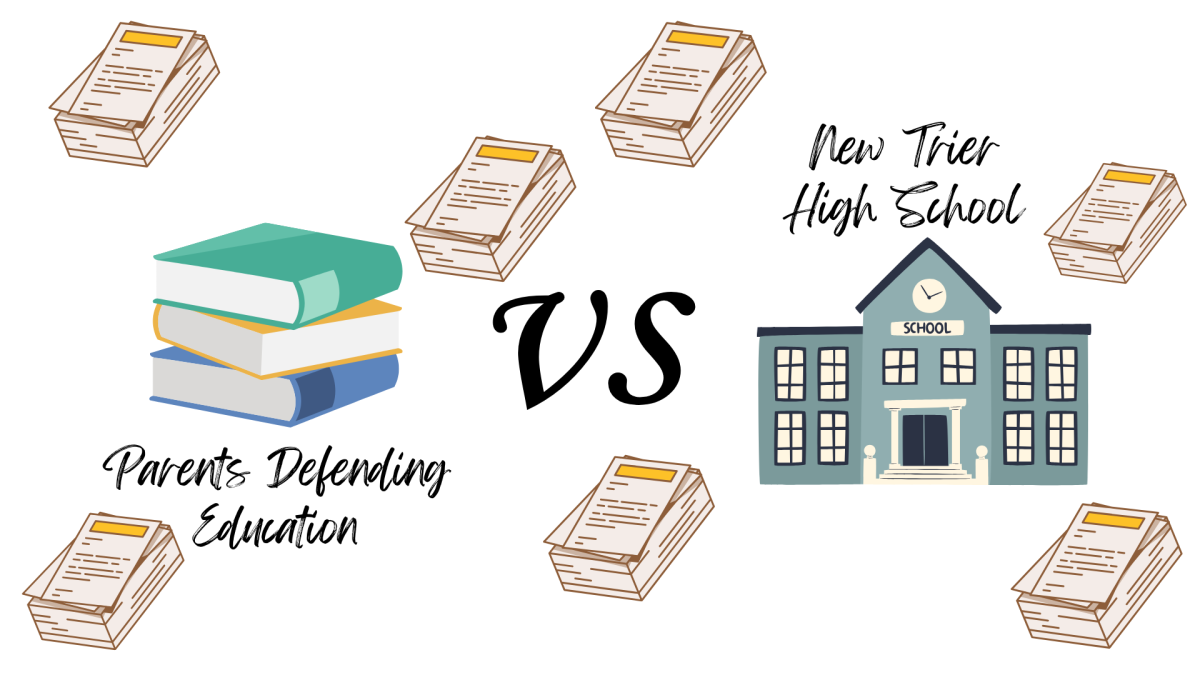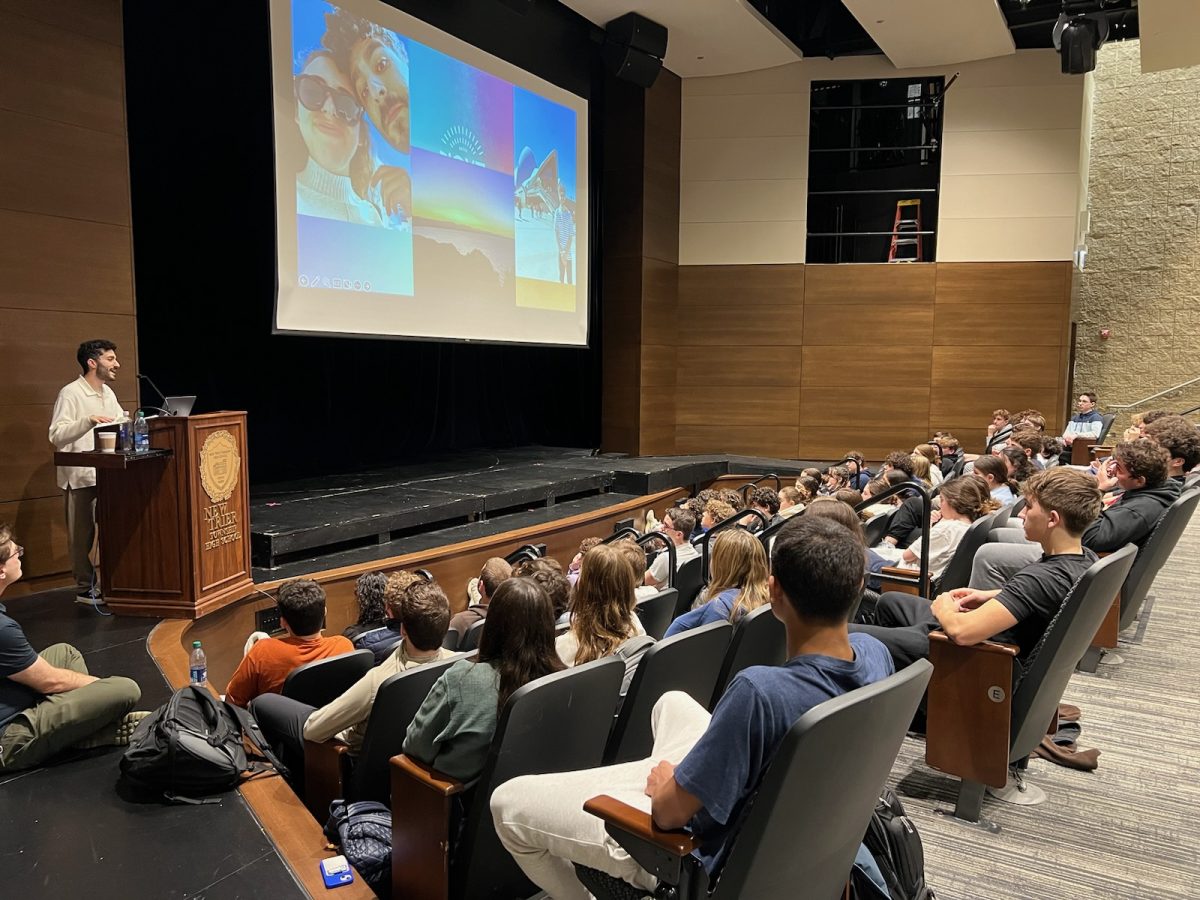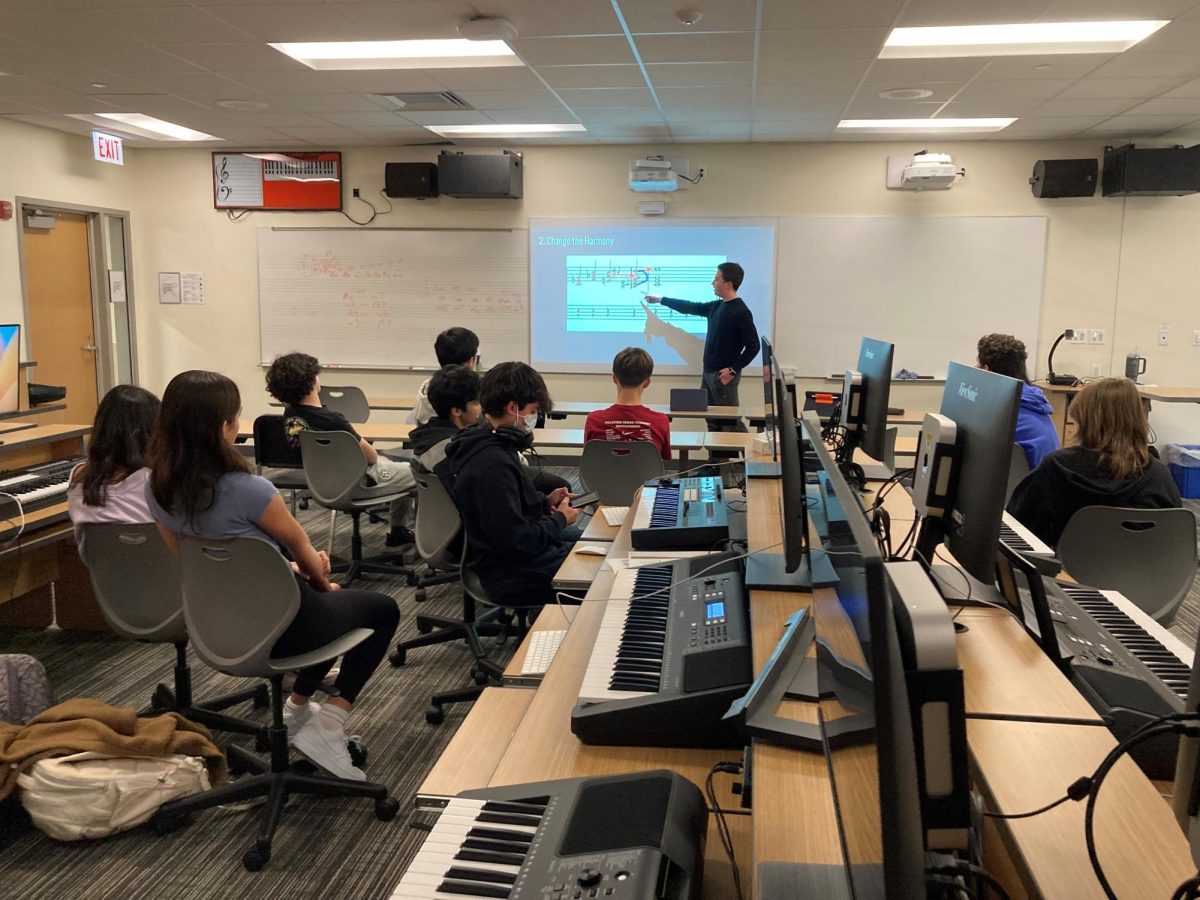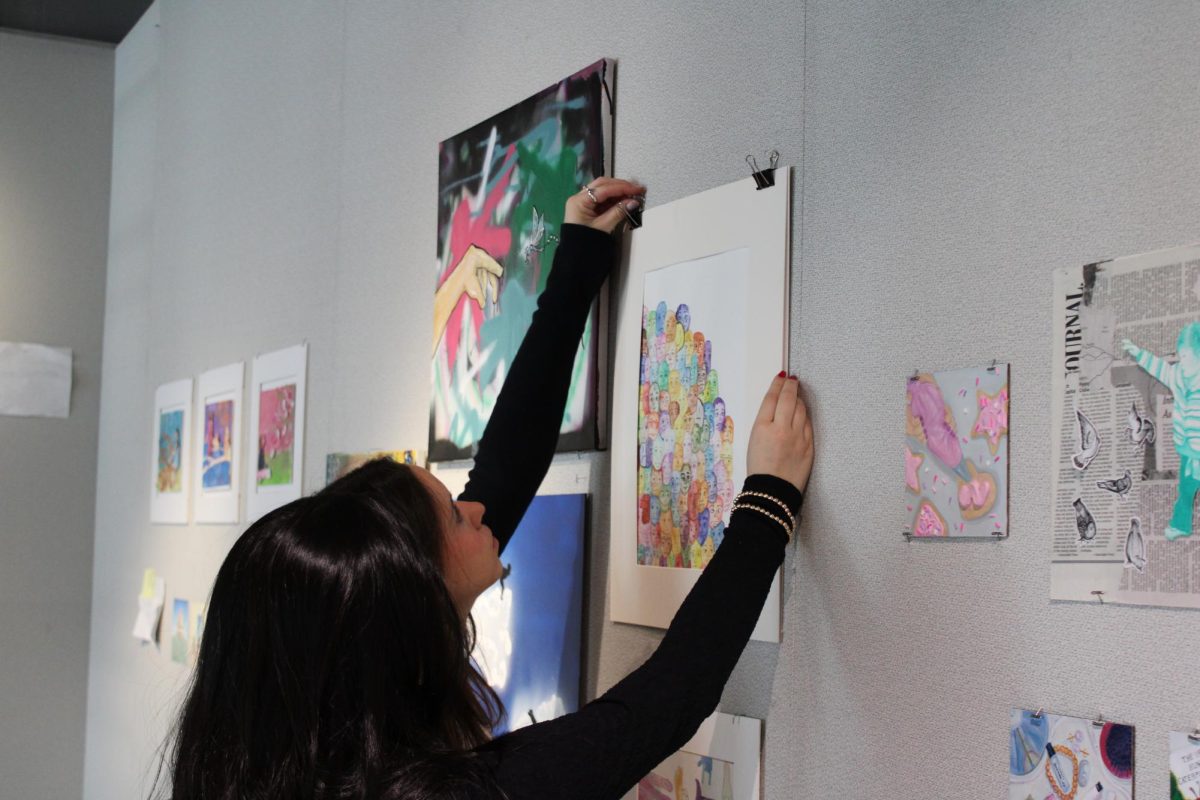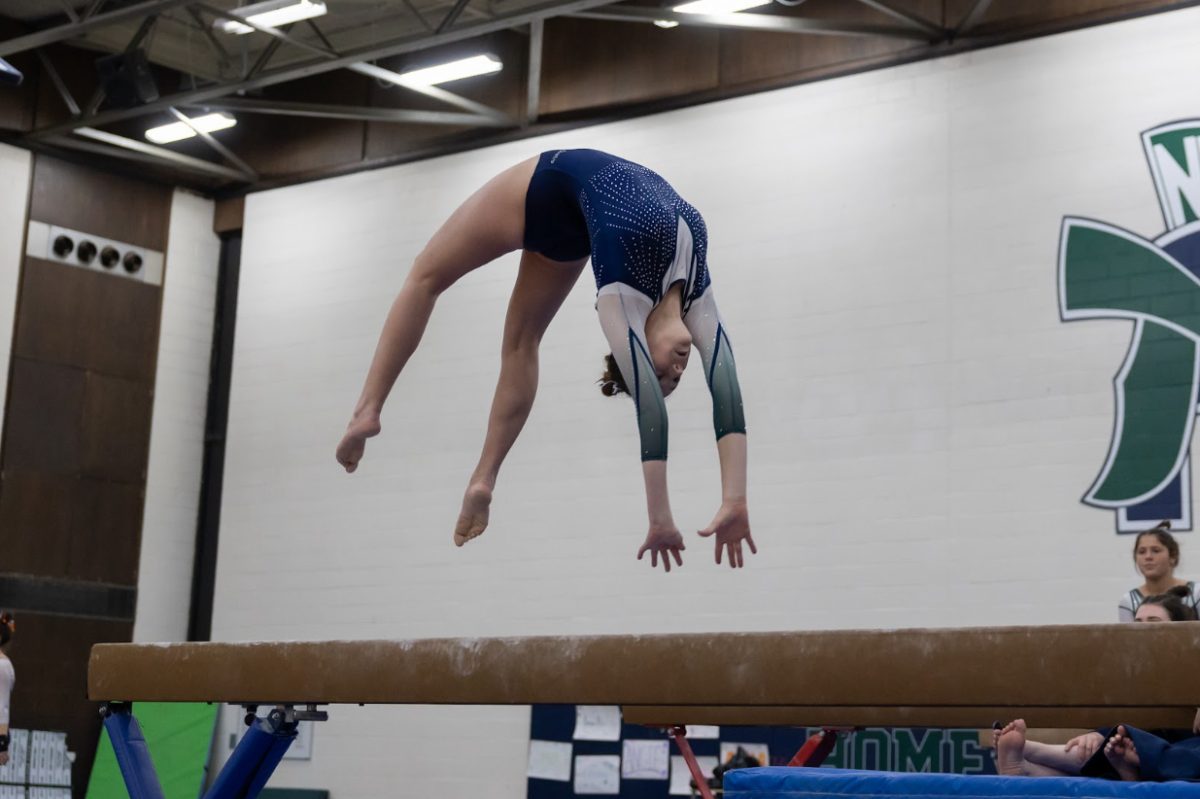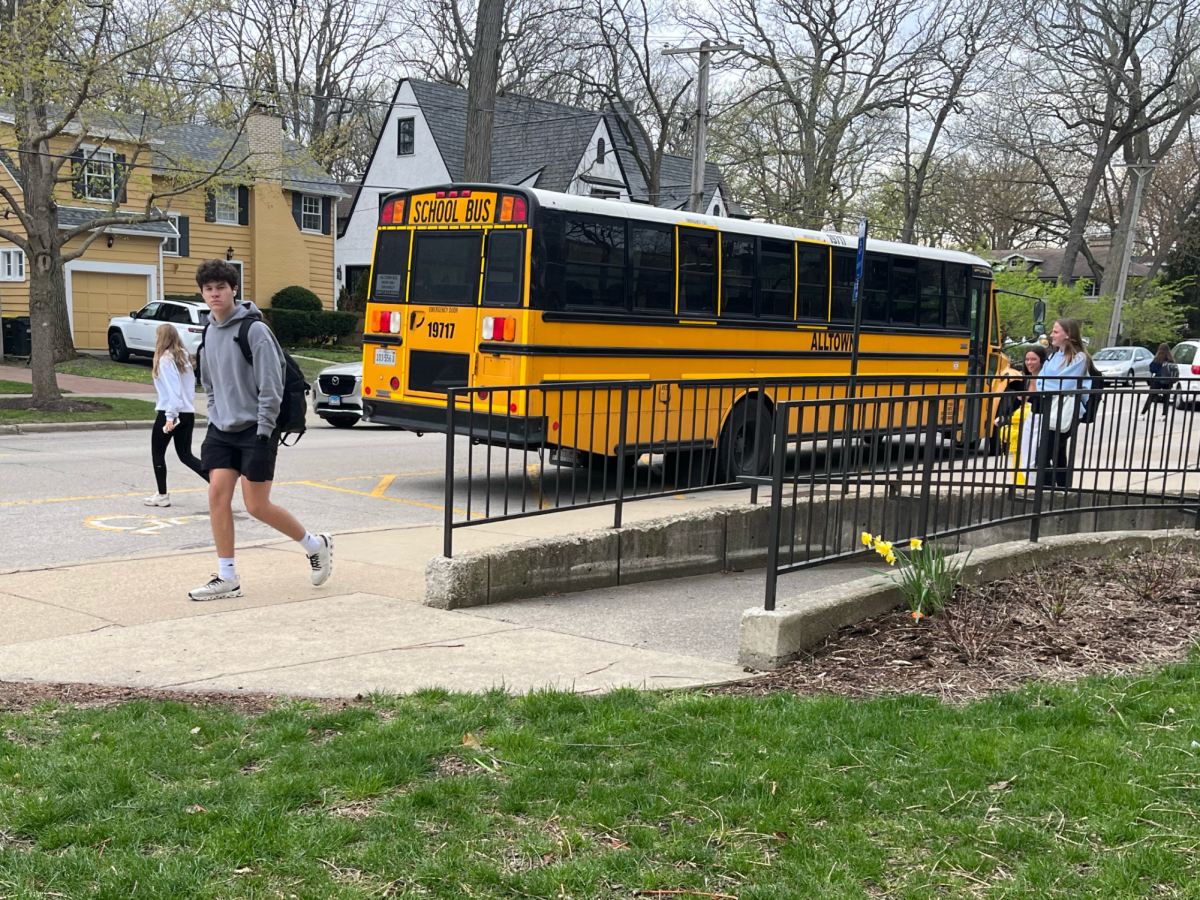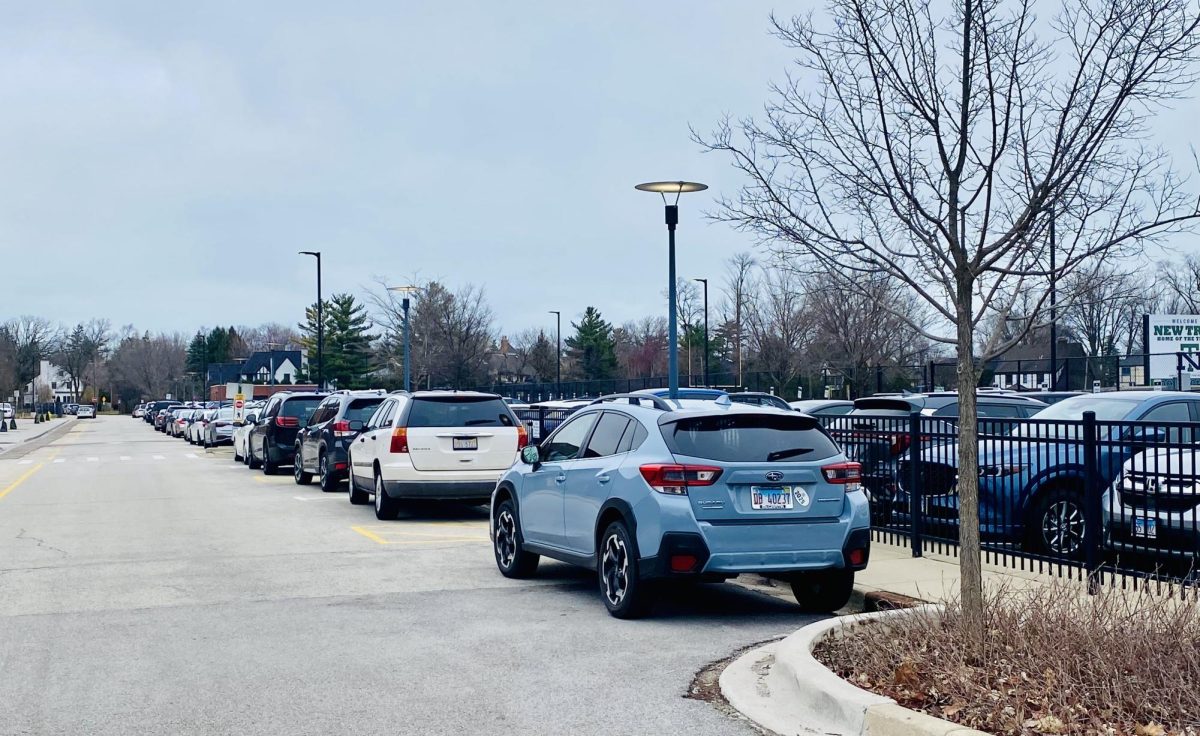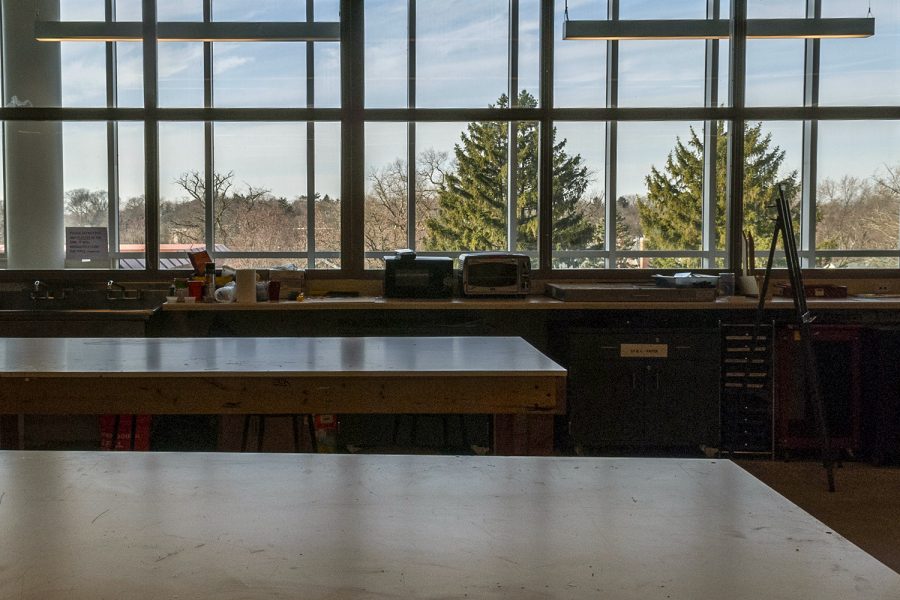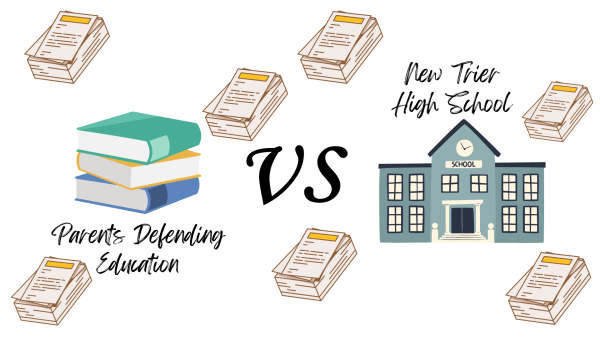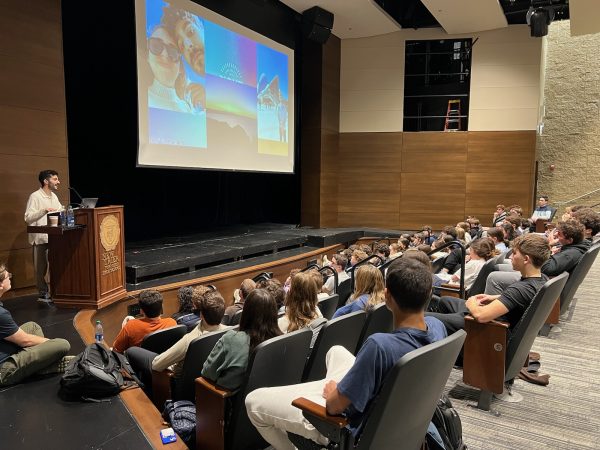New building paves the way with sustainability efforts
Natural light reduces energy consumption in the new building
Art classrooms on the fourth floor have abundant natural light
The West Wing at the Winnetka Campus has created new spaces for students to thrive, and its carbon footprint has managed to remain remarkably low despite such an expensive project.
The building, finished in 2017, is equipped with many energy- saving technologies designed to reduce the environmental impact of maintaining such a large space nearly year round.
One of the most visually obvious components to this energy efficient space is the abundance of natural light, which floods into most classrooms and spaces in the building.
“In the beginning stages of our facility planning we surveyed staff/ teachers, students and community members,” said David Conway, Director of Physical Plant Services. “In those survey results there was interest in more natural light throughout the campus.”
Conway said that the department was aware of how important natural lighting was to academic success, and many students agree.
“It feels nice. It’s a nice vibe,” said Junior Will Lim, whose 9th period Latin class located in the new building operates with no artificial lighting at all. “The room is nice and dark. I kind of associate it with sleep.”
Senior Zoe Siegel, who has two classes in the new building with the lights off, agreed.
“I like the lights off. It’s a more peaceful environment. There’s a lot of windows, so it’s [still] very bright.”
Some students think the new building has far more artificial lighting than needed, but according to Conway, code requires a certain amount.
“There are minimum light levels required and we need some artificial light to meet those requirements. We have a daylight harvesting system to help reduce the amount of artificial light when natural light is adequate to do so,” he said.
Daylight harvesting is a technology that alters the strength and type of electricity used depending on the amount of natural light available. On a bright, sunny day, far less energy will be consumed than on a dark, rainy day.
For teachers who choose to keep the lights on in the new building, they can be assured that the carbon footprint is still quite low.
“We have installed energy efficient systems throughout the new building including LED lighting and daylight harvesting [of electrical energy] to help reduce the amount of artificial light when natural light is adequate to do so,” said Conway.
When it comes to energy saving practices, lighting isn’t the only thing PPS took into account.
“We have also been working on improvements to our recycling and composting programs which help the environment,” Conway said. “These improvements include having a Sustainability Coordinator at each campus, additional recycling andcomposting containers throughout the campus, having composting and recycling requests added to activity requests. We have become a leader in those areas and an example to other schools who visit our site to see how they can improve.”
While the old building has been renovated, most of its technology is nowhere near the systems in the west wing. PPS is working to make the differences more cohesive.
“They [the two buildings] are both managed by the same Building Management System, but the systems are different,” Conway noted.“Theeastandtowerbuildingsuse a Variable Air Volume system for the HVAC [heating, ventilating, and air conditioning] system. We have continued to upgrade the systems in the old building including hot water boilers vs steam [and installing] LED lighting.”
With so much in the news about our warming climate, Conway says that New Trier is doing everything in its power to limit its emissions.
“We strive to reduce our energy and water usage to not only control costs, but to reduce our carbon footprint and to show the students and community that we are being good stewards of their resources and the environment.”


